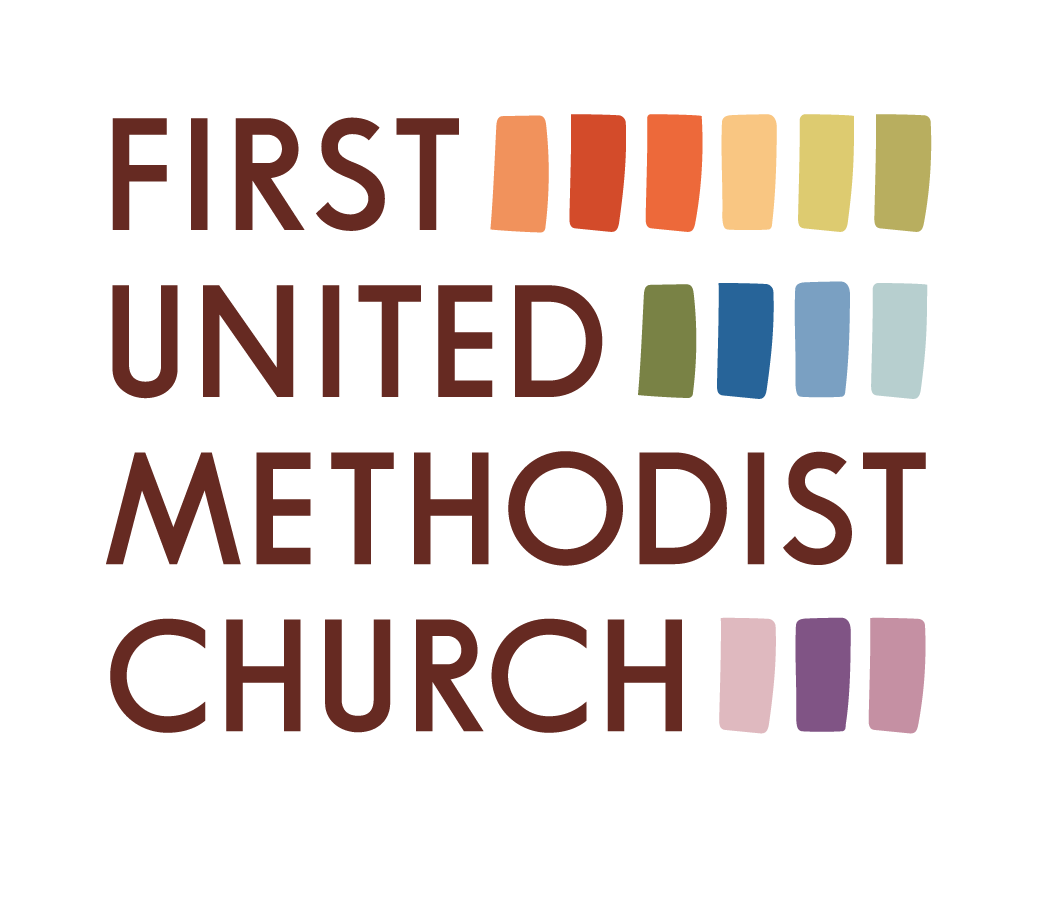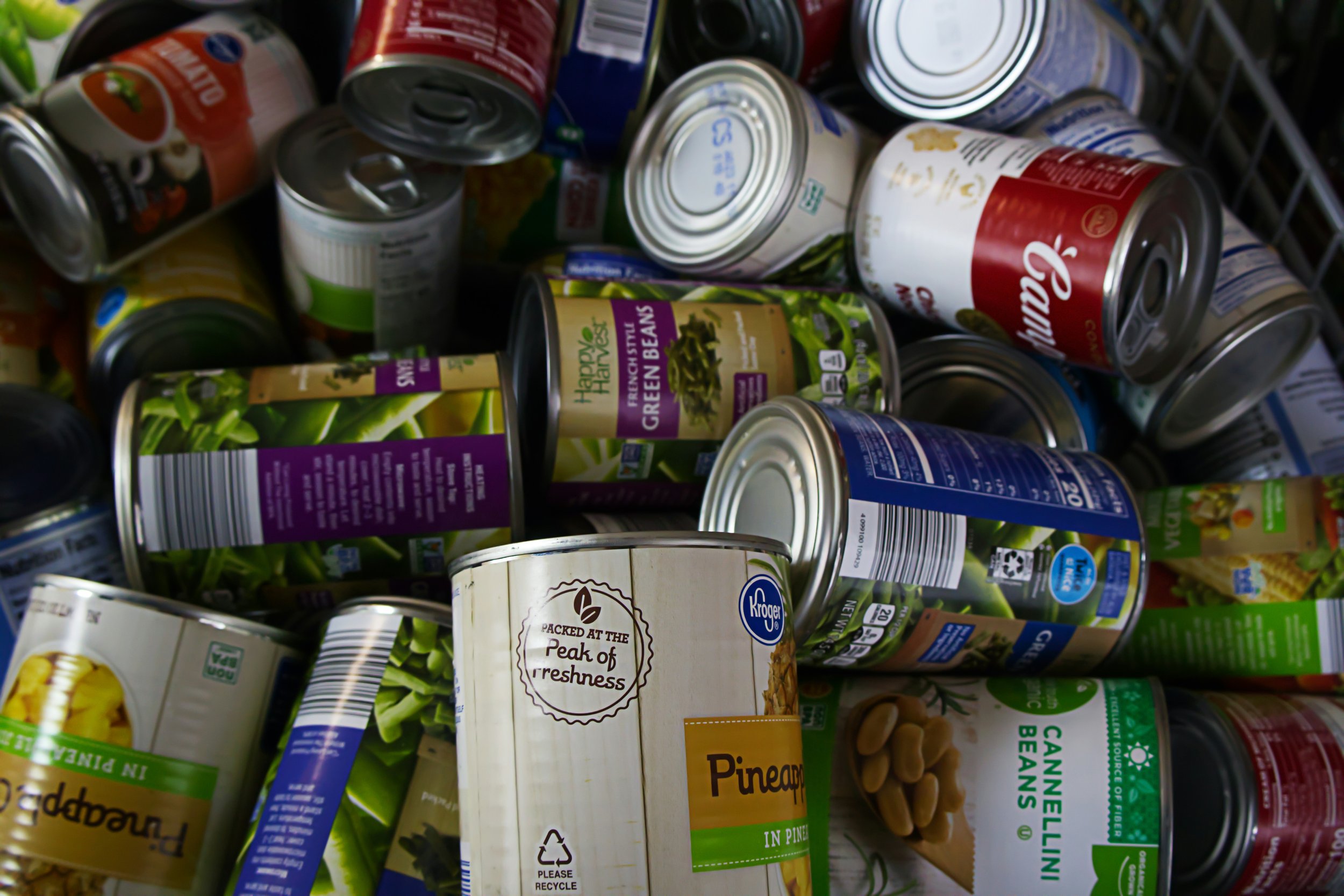On Service, the Margins, and Grandma Luz
The Northwest Harvest on Cherry Street had me hooked.
Every Monday afternoon a gaggle of students would pile (and pile) into too-full cars to go from the school parking lot just a few miles west to Seattle’s Capitol Hill. If we couldn’t press drivers into service, we’d squeeze into the 550 Express bus, schlepping our school bags up the steep hill until we reached the food bank’s metal gates.
In those days, the Northwest Harvest was a strict line-and-limit operation (not at all like the no-cost grocery store model of their current day Community Markets or our own Lift UP Pantry). Clients stood in a long line to sign in with their zip code and household demographics, then continued to each volunteer-staffed blue bin to receive their allotment: one bag of rice, one bag of beans, one can of protein, one can of vegetables, a pre-determined number of potatoes, onions, day-old pastries; whatever we had, portioned just so.
I loved those chilly days volunteering at Northwest Harvest. We’d joke around with the clients, volunteers, and staff, joyfully helping each client find the right can of protein for their needs, pumping our fists in victory when we found a tab-open top they could enjoy without the struggle of a p-38 can opener. I delighted in the thrill of sneaking the older Asian ladies an extra bag of rice instead of beans, knowing from my own diet that pinto beans were better suited for a different household. It was a place where I knew what to do and how to interact with all manner of people.
Then walked in Grandma Luz.
Grandma Luz was my grandmother’s younger sister. She was devoutly Catholic with a touch of charisma, sometimes shakily ‘levitating’ off the floor in prayer before being slain in the Spirit. My comparably banal United Methodist self met these episodes with curiosity and confusion. I did not quite understand Grandma Luz, nor did I interact with her all that much aside from the mano po all children would extend to elders at our frequent family gatherings.
Grandma Luz has since joined the church triumphant. That day, though, she was in line at Northwest Harvest.
You’ve heard my family’s immigration story; the only wealth present was the jackpot of rare citizenship opportunity. As I grew older, I labored to blend in with my wealthy peers on Mercer Island – even just a little bit. The plight of a misguided adolescent.
The vision of Grandma Luz standing in the doorway of Northwest Harvest put me into a panic. I was not surprised that my family would show up at a food bank, but I was also not prepared to see her there.
In that moment, my casual and even cavalier disposition as a seasoned food bank volunteer was challenged by the closeness of my kin on the other side of the metal tables.
In that moment, I did not know what it looked like to preserve Grandma Luz’s dignity. I did not know if she wanted to be recognized or not, whether she would be ashamed or not, whether I should offer the mano po or not. The adolescent in me squirmed at the questions my peers would ask if they knew my family was in the line. Why was I wearing American Eagle jeans if my grandmother’s sister couldn’t afford rice?
I do not know if Grandma Luz saw me that Monday afternoon. It is possible that she didn’t, because as soon as I saw her in the crowded line I ran to the back room and I waited until I thought she might be gone. I faced the surprise by not facing it at all.
I had been so confident that I knew how to serve the “right way,” jovially and without judgment. That moment taught me differently.
As a highschooler, “service” was the point. There were folks who had needs and I loved taking the time to help fill those needs. The volunteering in and of itself was my focus, even as I sought to do so with respect of those we served.
However, even as service is one of our congregation’s five core values, it is not because service is the point: service is just the beginning. Father Gregory Boyle often insists that service is the hallway that leads to the ballroom of kinship. You don’t want the hallway to be the end! You’ve got to make it to the ballroom.[1]
In Father G’s life’s work, the companionship of service with others is not so much about helping others, but fundamentally about our common call to delight in one another. “As much as we are called to bridge the distance that exists between us, we have to acknowledge that there’s a distance, even in service.” Father G says. “You want to bridge even that so that you can get to this place of utter mutuality […] that’s where the place of delight is.”
It is there that we walk toward when we serve humbly in the love of God: the ballroom of kinship, mutuality, and delight.
Since the moment I left my post at the blue bin to hide in the back room, I have wished that I made a different choice. A knowing smile, warm generic greeting, and rule-breaking rice distribution would have gone a long way, leaving Grandma Luz the choice of whether to outwardly acknowledge our relationship. I wish I had been able to see the doorway into the ballroom of kinship – with my own kin – instead of being planted so firmly in the hallway of service.
This is the tremendous difficulty and transformative development we experience through service (if we are ever humble and introspective enough to learn from our discoveries and foibles).
When we venture out in service to others, we put ourselves at the risk of deepening our own humanity as we encounter the depth of others. It is a risk because it thrusts upon us the vulnerability of learning once again that we are not complete on our own, that we will always make mistakes when striving for dignity amidst the inequality of God’s people, and that though God loves without measure, we are still the way.
Service-formed kinship is one sacred way to experience incarnation: for others to see us and for us to see others as Christ, standing there together at the margins. This service-learning in love is what drives the service of our faith community, and it drives us toward other values of covenantal community and justice-seeking discipleship.
We can volunteer at a foodbank and stay in the hallway of service. We can don food safe gloves and hand over the potato with a smile, even calling the client by name, but still have both feet planted in that hallway.
Or, we can see the doorways to the ballroom of kinship, not serving for service sake but serving in order to arrive at mutuality because God calls us to delight in the humanity of others.
I am so proud of our congregation’s journey toward the ballroom. I hear your stories, I see you in action. This week I am especially proud of the service-learning in love that our church’s youth have engaged through this summer’s SLAM trip: a week of service not for service sake, but to take one step closer to mutuality.
On Sunday we’ll all learn more about their service-formed kinship as we all ponder: what does service mean to me?
On the way to the ballroom,
Pastor Karyn
[1] https://onbeing.org/programs/greg-boyle-the-calling-of-delight-gangs-service-and-kinship/

